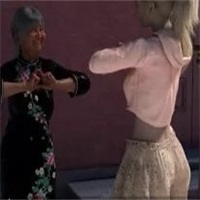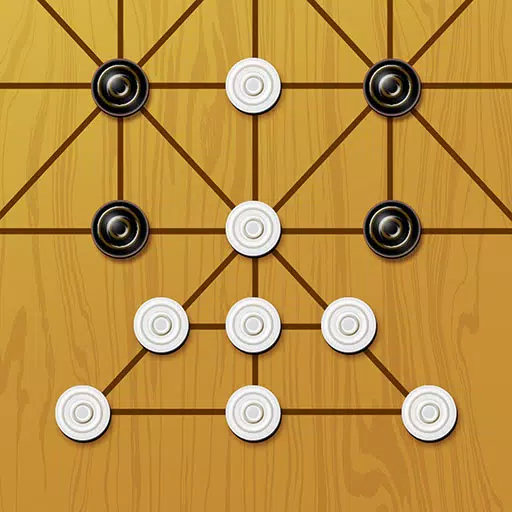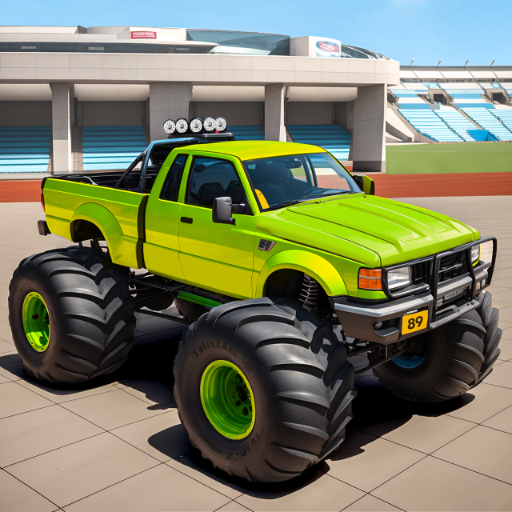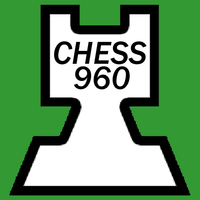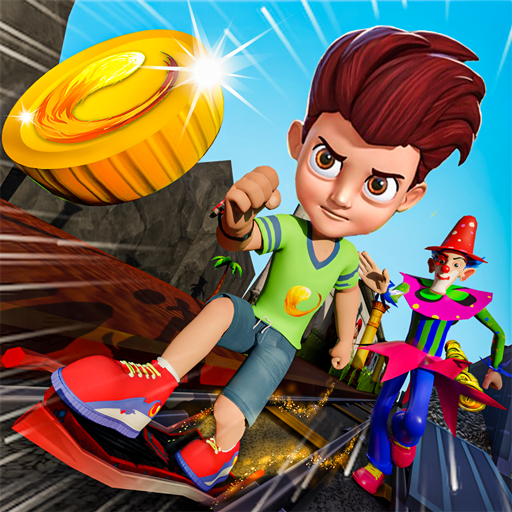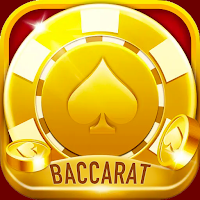The announcement of the Nintendo Switch 2's $450 USD price tag certainly raised eyebrows, marking a significant increase from what we've typically seen from Nintendo. This higher price point can be attributed to rising production costs and economic factors such as tariffs, which analysts had anticipated would push the price to at least $400 USD.
However, the real surprise came with the pricing of Switch 2 games. Not only do they align with the new $70 USD standard for new releases, but some titles, like Mario Kart World, are priced at a staggering $80 USD. When you factor in the cost of various accessories needed for the full Switch 2 experience, the total investment becomes quite substantial.
To put the Switch 2's price into perspective, let's compare it to previous Nintendo consoles after adjusting for inflation:
NES
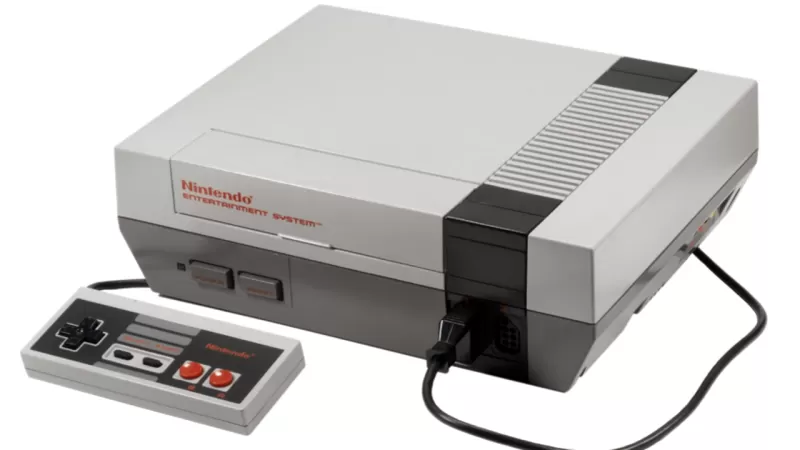
Launched in 1985 at $179 USD, the NES would cost a hefty $523 USD in 2025 when adjusted for inflation. That's a significant jump from its original price!
SNES
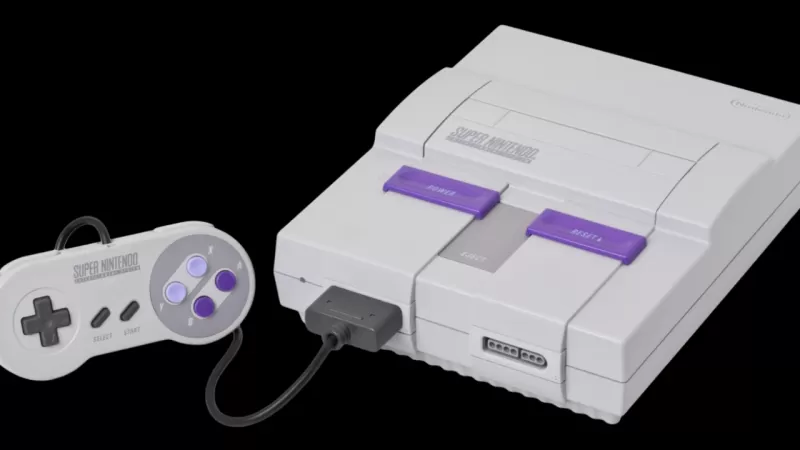
The SNES, released in 1991 for $199 USD, would set you back $460 USD today. Despite the $20 increase from the NES at the time, inflation makes it a more affordable option compared to the NES.
Nintendo 64
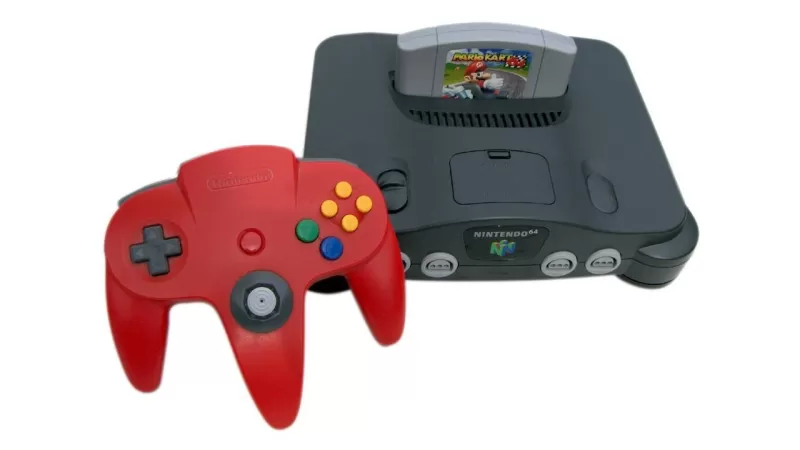
The Nintendo 64, which marked Nintendo's entry into 3D gaming in 1996, also launched at $199 USD. Adjusted for inflation, that's $400 USD in today's terms.
Nintendo GameCube
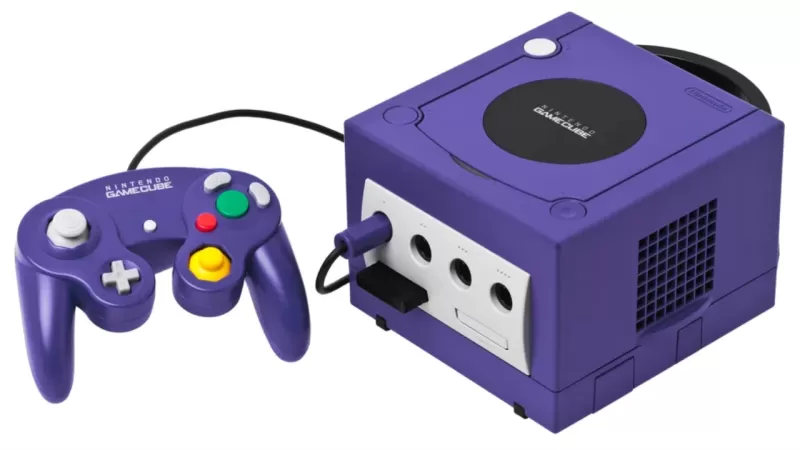
The GameCube, released in 2001 for $199 USD, would cost $359 USD today. Its games will be accessible on the Switch 2 via the Nintendo Switch Online's classic library.
Wii
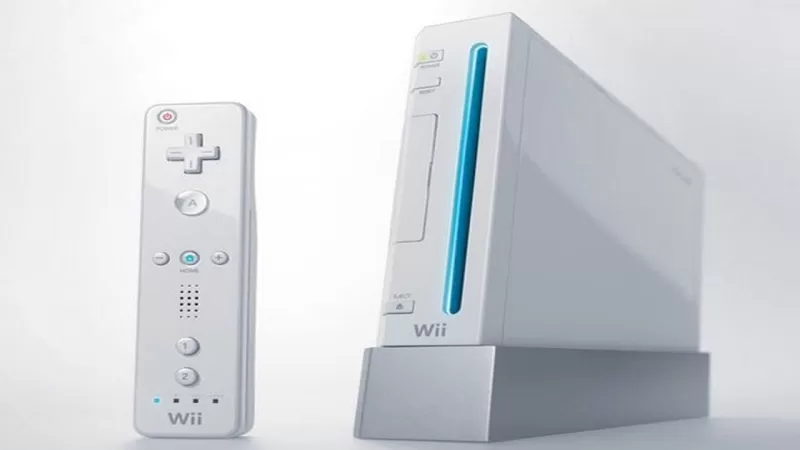
The motion-controlled Wii, a global phenomenon upon its 2006 release, was priced at $249 USD, which translates to about $394 USD in 2025.
Wii U
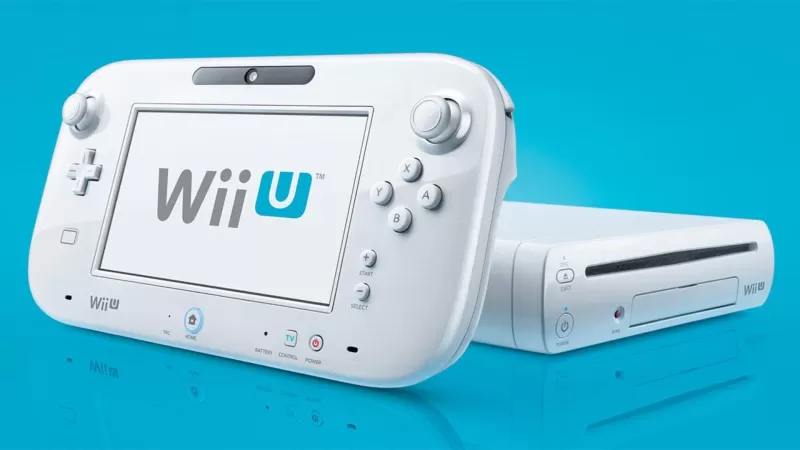
The less successful Wii U, launched in 2012 for $299 USD, would cost $415 USD today, making it closer to the Switch 2's pricing.
Nintendo Switch
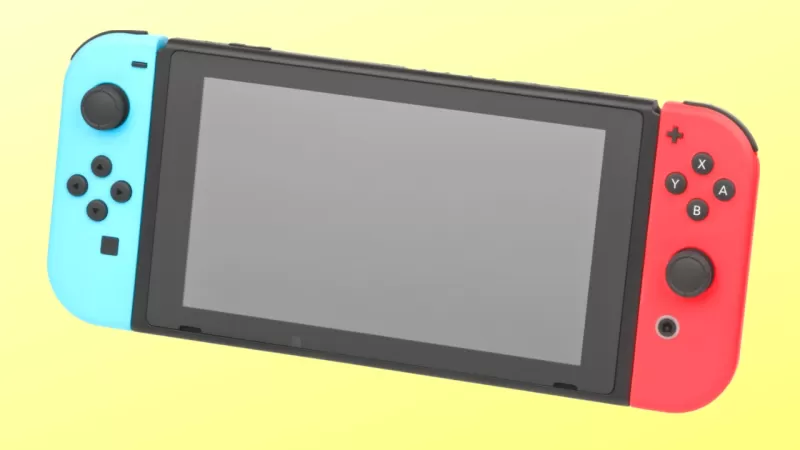
The highly successful Nintendo Switch, released in 2017 for $299 USD, would be $387 USD in today's dollars, still cheaper than the Switch 2, which is set to launch on June 5.
When adjusted for inflation, the original NES emerges as the most expensive console Nintendo has ever launched. This historical context might not make the Switch 2's price any easier to accept, but it's interesting to note.
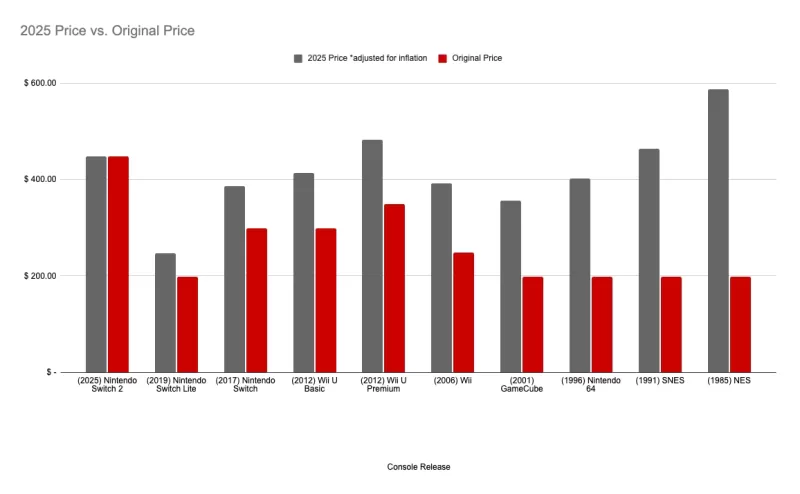 Credit: IGN
Credit: IGN
But what about the games?
While the Switch 2's console price was somewhat expected, the pricing of its games was a major talking point. Titles like Mario Kart World are priced at $80 USD, while others like Donkey Kong Bananza come in at $70 USD (or $65 digitally). Comparing these prices to the early days of the NES is challenging due to the wide variance in game prices back then. For instance, an NES game in the early 90s could cost anywhere from $34 USD to $45 USD, which translates to $98 USD to $130 USD in 2025. Despite this, many believe that game prices could continue to rise.
The Switch 2's pricing is on the higher end of Nintendo's spectrum, surpassed only by the NES and SNES when adjusted for inflation. Real-world factors, such as the announcement of a cheaper, region-locked Switch 2 for Japan at 49,980 JPY or $340 USD, highlight the impact of these factors on pricing.
How Switch 2's Price Compares to Other Consoles
Let's see how the Switch 2's price stacks up against some other iconic consoles:
PlayStation 2
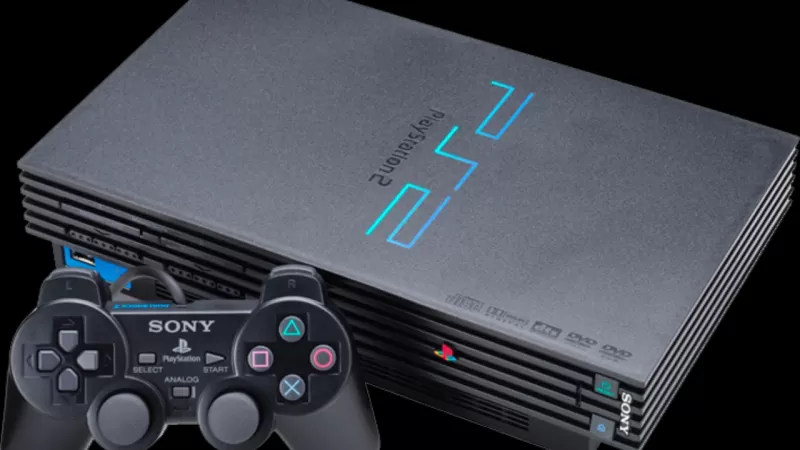
The PlayStation 2, released in 2000 for $299 USD, would cost a whopping $565 USD in 2025 after adjusting for inflation. It remains the best-selling console of all time.
Xbox 360
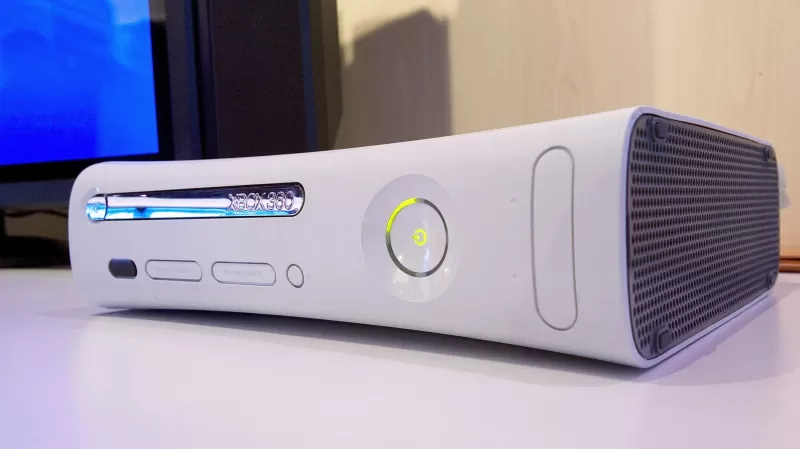
The Xbox 360, launched in 2005 for $299 USD, would be around $500 USD today, reflecting its status as Microsoft's most successful console.
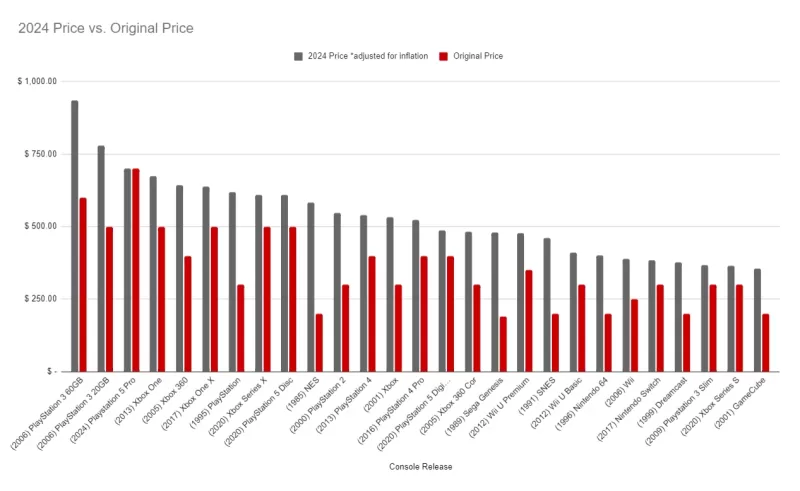 Console prices adjust for inflation. The PS3 was super expensive! Image credit: IGN
Console prices adjust for inflation. The PS3 was super expensive! Image credit: IGN
This comparison shows how the Switch 2's price aligns with its predecessors and some of its rivals. For more insights, check out IGN's hands-on with the Switch 2 and games like Mario Kart World, as well as discussions with analysts on the factors driving the Switch 2's pricing.



